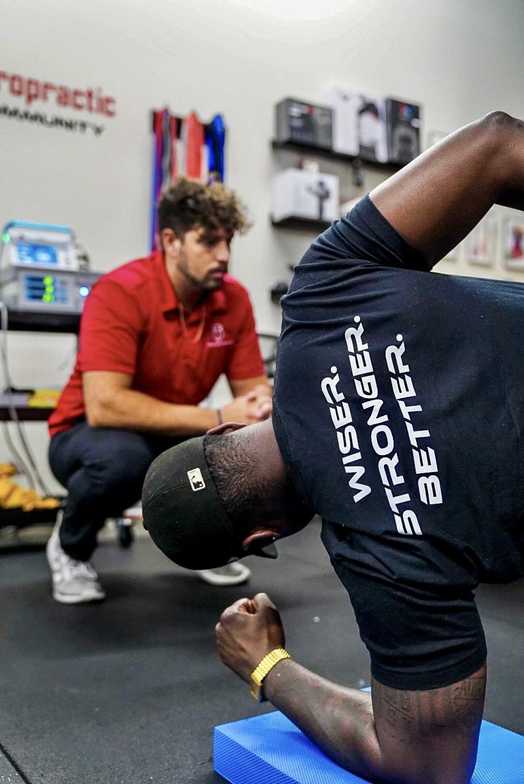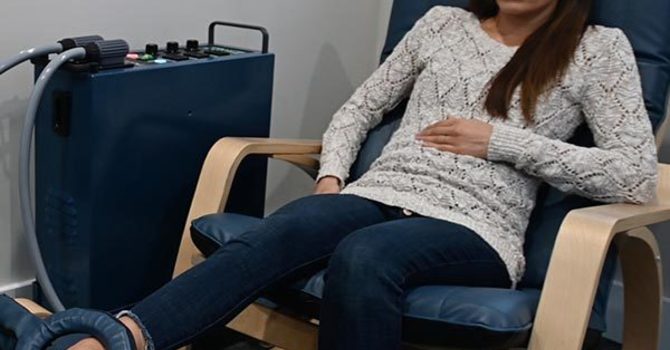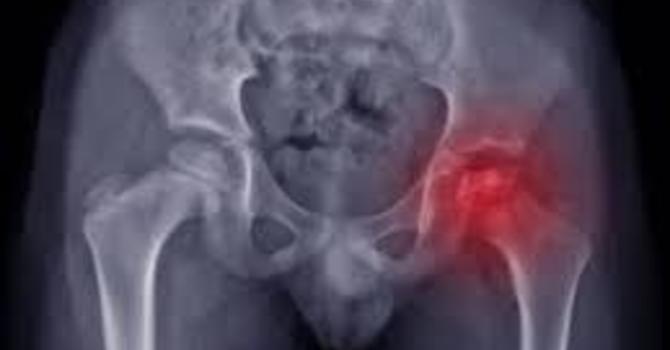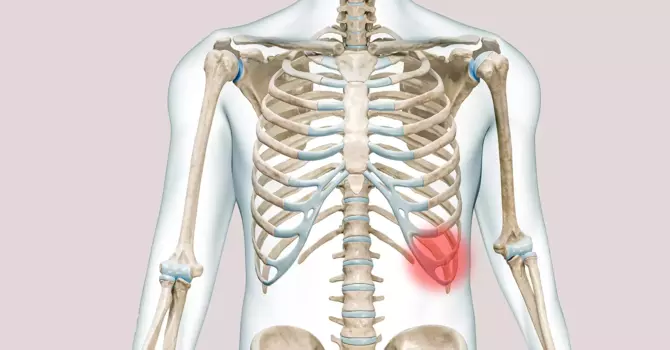
Rotator Cuff strains are the most common injury of the shoulder. They can range from a mild strain (tear) to a complete rupture. Rotator cuff strains are actually the #1 injury treated at Strength & Spine Chiropractic because of how many overhead athletes we see. A high majority of the time this injury can be successfully treated with conservative management and physiotherapy and we have had great success helping patients and athletes rehab their shoulders following injury.
The rotator cuff is made up of four muscles including the supraspinatus, infraspinatus, teres minor, and subscapularis. Together they work together to dynamically stabilize the shoulder and depress the humeral bone down while the arm elevates to above your shoulders. This is why overhead athletes like baseball and volleyball players are commonly affected by this injury. The injury process typically starts with repetitive strain, excess force, or rapid increases in load. Of the four muscles, the most commonly strained is the supraspinatus, which is responsible for abducting (lifting the arm to the side) and it results in pain at the lateral and superior aspect of the shoulder.
Contributing factors to rotator cuff strains include:
-Lack of adequate shoulder mobility
-Decreased Shoulder stability
-Limited thoracic extension and rotation
-Decrease lumbopelvic mobility and stability
-Being an overhead athlete (baseball, volleyball, swimming)
Excessive stress and load through the rotator cuff due to lack of adequate mobility and stability can result in the weakening and breakdown of the tendons. When the tissue's capacity is met, tissue injury occurs. Acute pain and limited mobility (depending on the severity) typically lasts <2 weeks, however, returning to full function or sport can take longer without proper rehabilitation.
We like the steak analogy in our office. If you took a piece of raw steak and pulled it until there were rips in the steak, would you do nothing (rest), keep pulling it (aka stretching) or add more steak (aka use exercise) to help it recover? The answer is add more steak aka rehab exercises.
In addition to rehab, we like to use a combination of hands-on manual therapy, dry needling, NxPro (Interactive neuromuscular stimulation), and most importantly shockwave therapy.
Shockwave therapy is one of the first interventions I like to introduce to a rotator cuff strain or injury. The increased influx of microcirculation and stimulation of growth factors allows the tendons to heal in a more efficient manner which can decrease pain and increase shoulder range of motion. This helps our patients recover faster and return to working out, playing sports, or doing whatever physical activity they like to do!
If you’re struggling with shoulder pain due to a rotator cuff strain, Strength & Spine Chiropractic is the right office to help guide you through your injury and help you every step of the way.
Do you have questions about your shoulder pain and if we can help? Contact us at 727-228-3030 or schedule an appointment at strengthchiro.com
-Dr. Caleb Hebert
Chiropractic Physician
.jpg)
.jpg)



